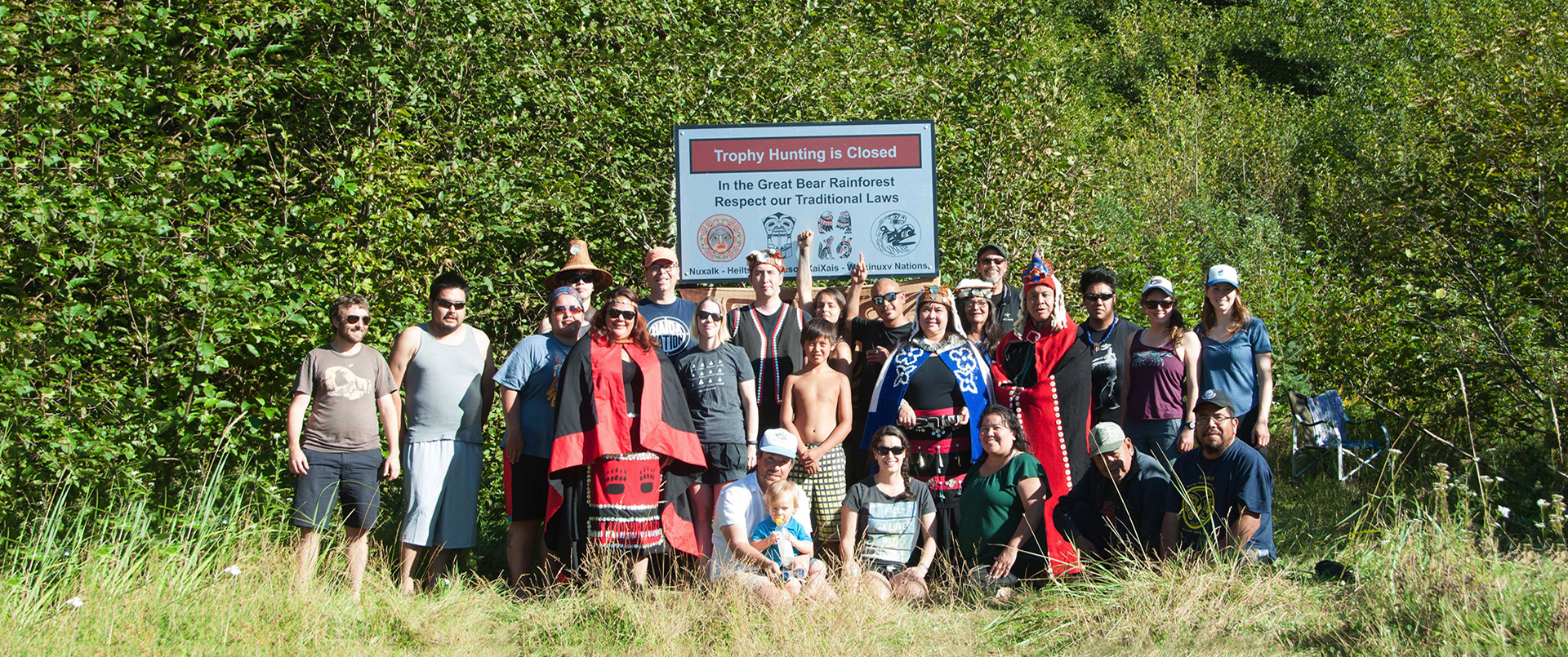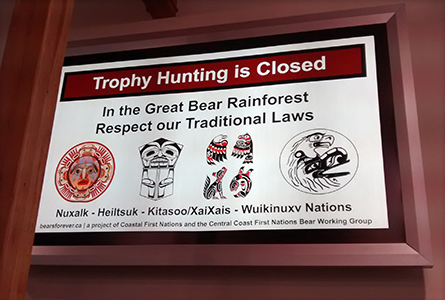Ending Trophy Hunting – Protecting Species and Ecosystems
The Great Bear Rainforest is named for the multitude of grizzlies, black bears and rare white Spirit bears found in our Traditional Territories. They play a significant role in our rainforest ecosystems, culture and economies.
Coastal First Nations have taken bold steps to protect bears. In September 2013, nine Nations announced a ban on commercial trophy hunting. Biologists, economists and thousands of British Columbians agreed.
Now Coastal First Nations Great Bear Initiative has achieved provincial protection for bears in our Traditional Territories. In early 2016, CFN Great Bear Initiative secured an agreement with British Columbia for a moratorium on commercial trophy hunting.
Why Protect Bears?
- Trophy hunting is inconsistent with First Nations traditional teaching and values. When we hunt, it’s for sustenance purposes, not trophies.
- Hunting grizzly bears hurts ecotourism industries our communities are developing. Wildlife viewing at Spirit Bear Lodge in Klemtu on the Central Coast is an example of creating local jobs while sustaining healthy nature.
- Bears play an incredibly important role in coastal ecosystems. They nourish the old growth forest with marine nutrients from the huge numbers of salmon carcasses they feed on. Giant trees enriched by these nutrients shade and help regulate streams below that are nurseries for new generations of salmon.
Bears Forever


